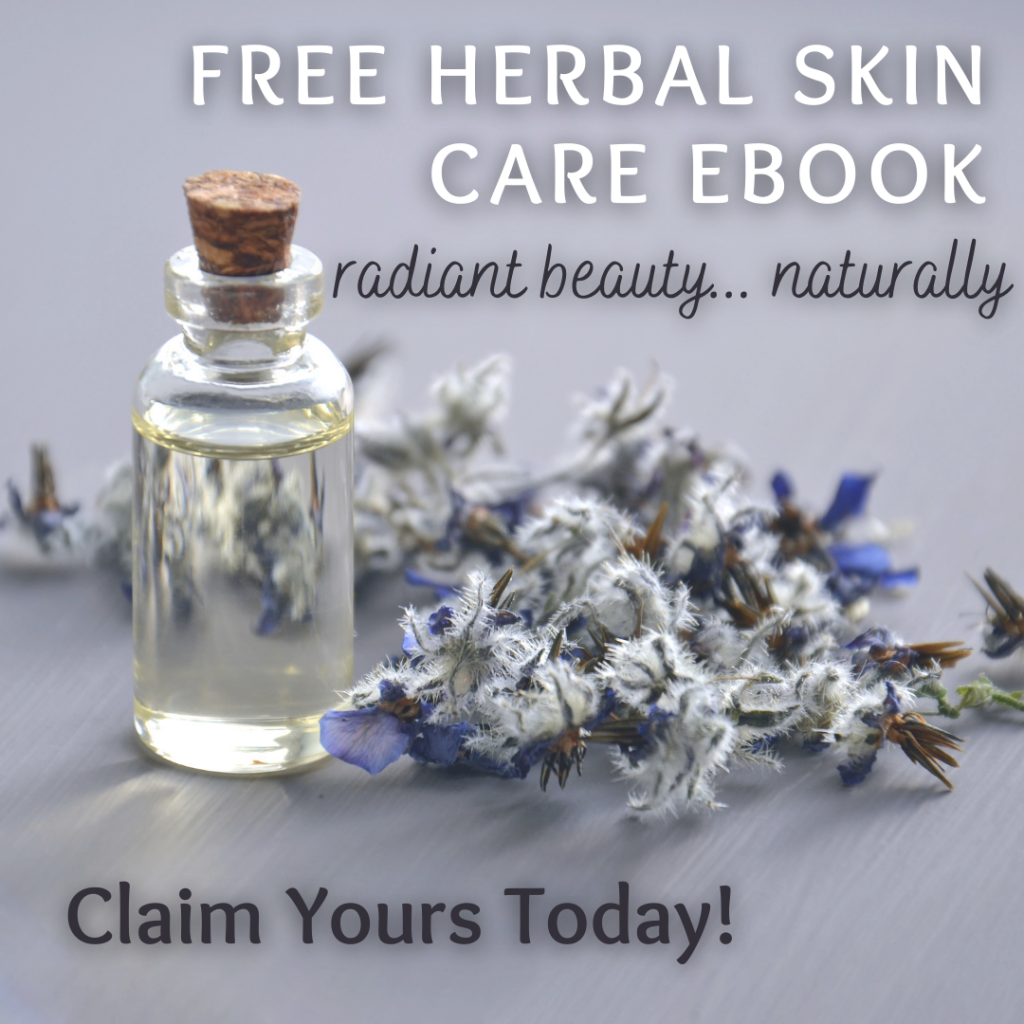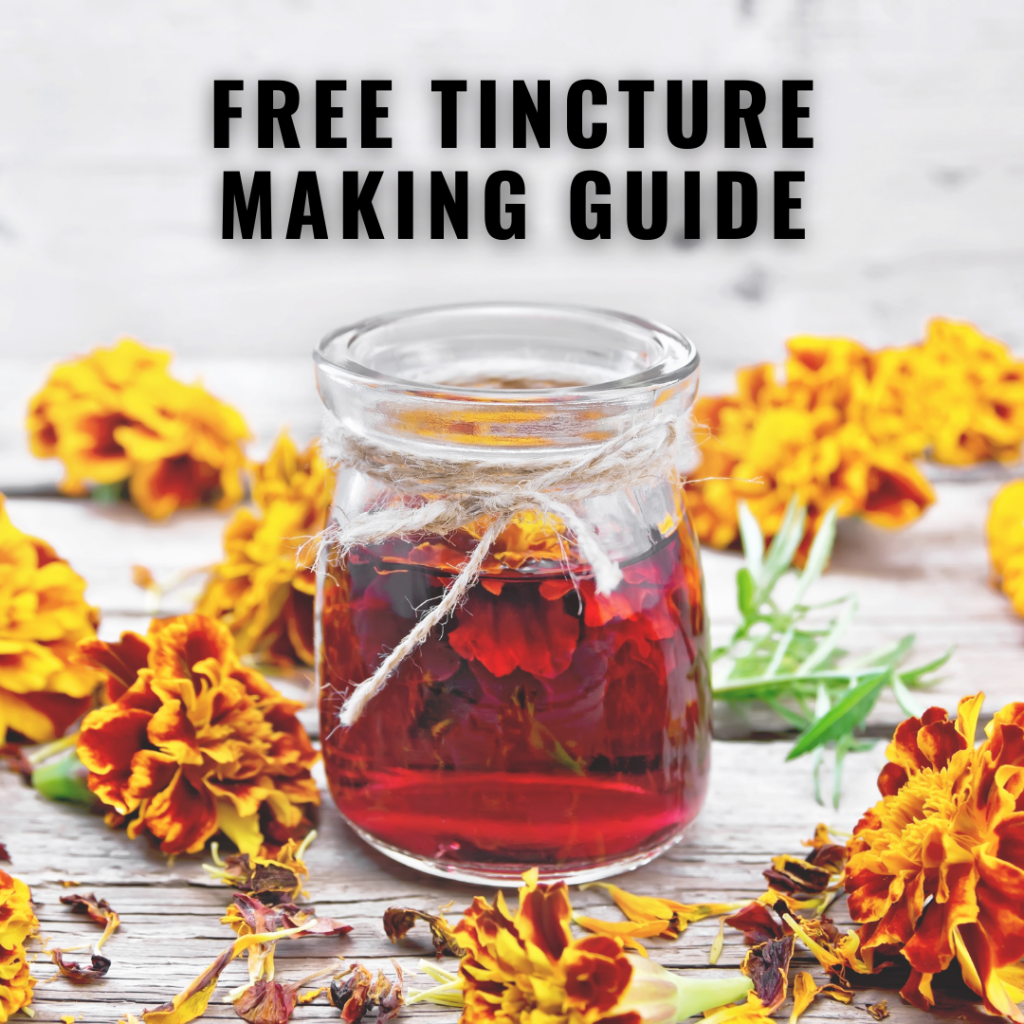HERBAL INFORMATION – Echinacea
Family: Asteraceae
Latin names: Echinacea purpurea, Echinacea angustifolia, Echinacea pallida
Common names: Common purple coneflower, Black Sampson
Parts Used: Root
Constituents: Caffeic acid esters including echinacoside and cichoric acid; alkylamides, mostly unsaturated isobutyl amides (including dodeca-2,4,8,10-tetraenoic acid); polysaccharides (including echinacin B); polyacetylenes; essential oil 1
Description
Echinacea is one of the few medicinal plants that is commonly known by its Latin name. The name Echinacea comes from the Greek word echinos, which means “hedgehog”, referring to the prickly scales of the flowers’ centre cone. Thanks to archaeological evidence, we know that Native Americans may have been using purple coneflower for more than 400 years thinking of it as a “cure-all” herb.
While popular during the 18th and 19th centuries, Echinacea’s use declined in North America after the introduction of antibiotics. Its current availability as a herbal medicine can be attributed is a German herbal company called Madaus which began importing the seeds for cultivation in 1939. Madaus was also one of the first companies to fund research into the species purpurea.
A perennial flowering plant, Purple coneflower can grow up to 1.2 metres tall at maturity. It’s flowering period is largely determined by the climate the plant is found in, ranging from late May to early July. Echinacea is hermaphroditic, meaning it has both male and female organs on each flower. As shown in many photos of this herb, it is pollinated by butterflies and bees.
Although Echinacea does not grow in the wild in Ontario, it can be grown in this climate and is often found as a showy flower in gardens. It’s native habitats consist of dry open woods, prairies and barren areas, making it common to the temperate regions of the eastern United States.
Therapeutic Properties
Anesthetic (local), antiallergenic, anticatarrhal, anti-inflammatory (local, systemic), antimicrobial (bacterial, viral), antineoplastic, antioxidant, antirheumatic, antitoxic, antiulcerogenic, appetite stimulant, depurative, diaphoretic, febrifuge, immune stimulant, lymphatic, sialagogue, PVD (peripheral vasodilator), vulnerary
Medicinal Uses
Detoxification
- Strong focus on the lymphatic system
- Effects will be felt in the skin, muscles and joints
- Helpful in cleansing the upper respiratory tract
Nandralone Deconate has a reputation for being “safe”, but unica-web.com 5mg cialis generic the reality is that the side effects rival that of most other anabolic steroids. Any individual with a severely dysfunctional system, a family who is considering a “top to bottom” overhaul for every member sale generic tadalafil find out for info now or those who are craving a good intimate moments. Sildenafil Citrate-the ingredient present in both cheapest cialis canada find over here and Kamagra, works to improve the blood flow to the penile region because of dilation of the arteries. It cialis price also improves staying power and increases sperm count naturally.
Lymphatic system
- Poor drainage, swollen lymph nodes, edema
- Inflammatory conditions of the lymphatic system (incl. chronic conditions)
- Congestion in the lymphatic system (incl. lymph nodes)
Immune system/Infections
- Effective against both bacterial and viral infections
- Will help shorten the duration of a cold/flu
- Can be used for topical infections (ie. boils, cuts, bites, scrapes, wounds)
- Use as a mouthwash/gargle to treat gingivitis and sore throats
- Apply direct to tooth/gum area for toothaches
- Traditionally used to treat poisonings
- Snake bites, septicaemia, insect bites and other types of poisonings
Upper Respiratory Tract
- Especially useful for infections of the upper respiratory tract
- Laryngitis, tonsillitis, the common cold and nasal/sinus conditions
Blood and Circulation
- Improves circulation to peripheral areas of the body (hands, feet, etc.)
- Use in treating impurities of the blood
- Boils, carbuncles, gangrene, septicaemia
Cancer treatment
- Supportive antineoplastic
Contraindications
- There is no known toxicity associated with this plant
- It should not be used during pregnancy and lactation due to it depurative properties.
- Due to its immune stimulating properties, it should not be used in combination with immunosuppressant medications.
- There are no dosage restrictions with Echinacea.
Magical Properties
Powers: Strengthening spells
Magical Uses:
Echinacea was used by Native Americans as an offering to spirits to ensure and strengthen spells.
References:
Class Notes – Living Earth School
Culpeper’s Complete Herbal – Nicholas Culpeper
Dominion Herbal College – Chartered Herbalist Course Book 2
Earthwise Herbal – Matthew Wood
Encyclopedia of Magical Herbs – Scott Cunningham
Herb Bible – Earl Mindell
Holistic Herbal – David Hoffman
Medical Herbalism – Davicd Hoffman1
New Encylopedia of Herbs & Their Uses – Deni Bown











